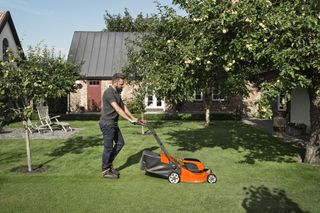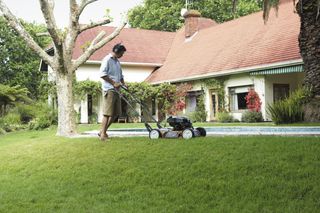
How-To's & Guides
How to care for my autumn lawn - 6 top tips
Autumn is about more than cleaning up leaves and preparing for the forthcoming cooler months – it’s when the ground-work happens for the very best lawns, come spring! Here are some easy-to-follow autumn lawn care tips that will help you set the foundation for a perfect lawn in the year ahead. To get you in the spirit, first take a look at our most essential tips throughout the season for keeping a healthy and lush lawn.
Autumn lawn care tips
6 steps
01.
Round up fallen leaves
02.
Do away with thatch
03.
Fertilise and fertilise
04.
Aerate and overseed
05.
Bring on new blades
06.
Make the crucial cut
More Husqvarna how-to guides
Related articles
Showing 10 of 217










